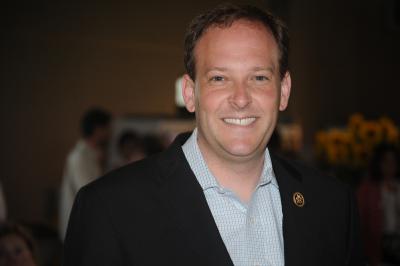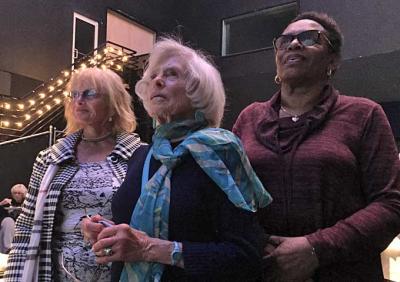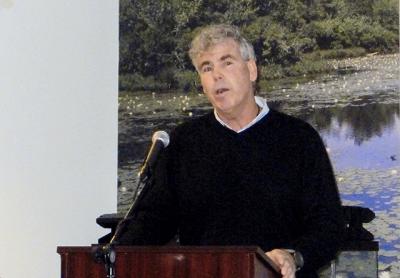Noise Law Violators Pony Up
Noise Law Violators Pony Up

Most of the companies accused of noise or curfew violations at East Hampton Town Airport during the summer have agreed to pay $500 fines in a plea-bargaining arrangement adjudicated by Justice Steven Tekulsky in Justice Court on Monday.One firm, Flex Jet, has agreed to pay $2,000, covering four violations, but another, Zabar’s Bread, owned by Eli Zabar, has informed the court that it has retained the Manhattan law firm of McBreen & Kopko. Eli’s was charged with two noise violations, but exactly what it plans to contest is not clear. Some of the final agreements have been signed by the defendants and received by the court, with the balance on their way, Nicole Shipman, the court’s clerk on zoning matters, told Justice Tekulsky. The firms’ appearances in court were waived as part of the agreement. “We have restrictions at the airport,” Michael Sendlenski, the town attorney, said Monday, “and we expect people to follow them. If they don’t follow them, there are consequences.” He added, however, that the town had had a “well over 90 percent compliance rate.” According to the town attorney’s office, out of the thousands of flights, from small jets to helicopters, there were only 38 violations this year, down from 64 in 2015. Mr. Sendlenski said it was unlikely that offenses would be repeated by those charged.“We expect people to comply and they are complying, with the exception of the very rare circumstance. There are other actions we can take with respect to the code,” he said, adding that he does not expect them to be needed. Most of the cases for which agreements are awaited are expected to be finalized during the next court date on the matter, Nov. 28. Eli’s Bread is also expected to be represented in court that day.Traffic at the airport increased slightly this year, and noise complaints between Jan. 1 and the end of August were down by 53 percent from the same period last year, according to a recent report to the town board. Aircraft are barred from landing or taking off from 11 p.m. to 7 a.m. at the airport, with an expanded ban for craft deemed to be noisy from 8 p.m. to 9 a.m. East Hampton Town enacted the curfews last year in an effort to address noise that was causing complaints from across the East End. Though challenged in court by an aviation group, the curfews were allowed to stand and went into effect in July 2015. A once-a-week limit on takeoffs and landings at the airport by noisy aircraft was barred by the court, however. The town has appealed the decision, and the aviation group is seeking injunctions against the curfews. A decision by Judge Joanna Seybert of Federal District Court in Central Islip is expected by the end of the year.







